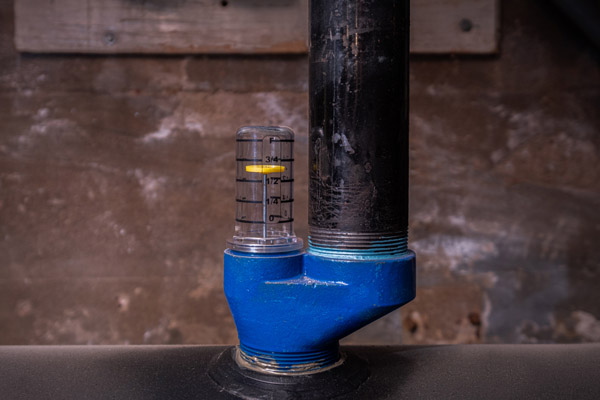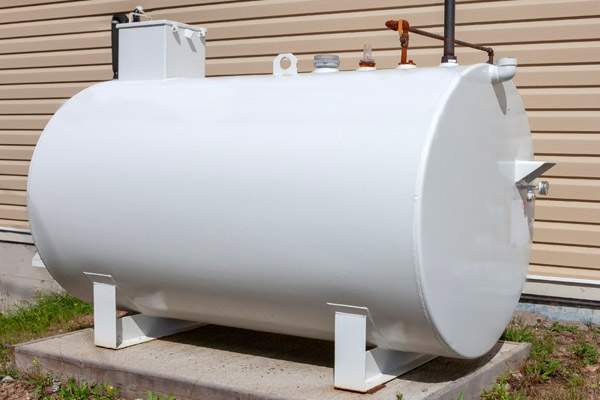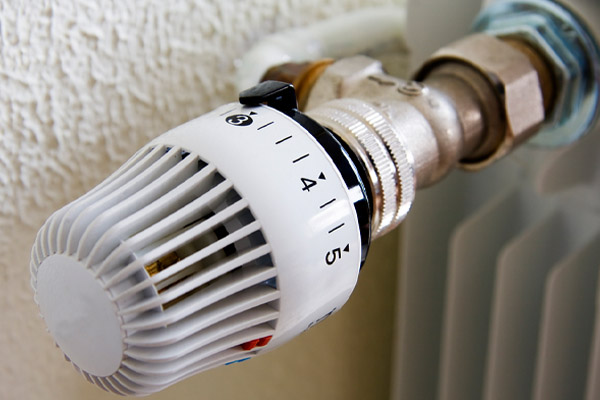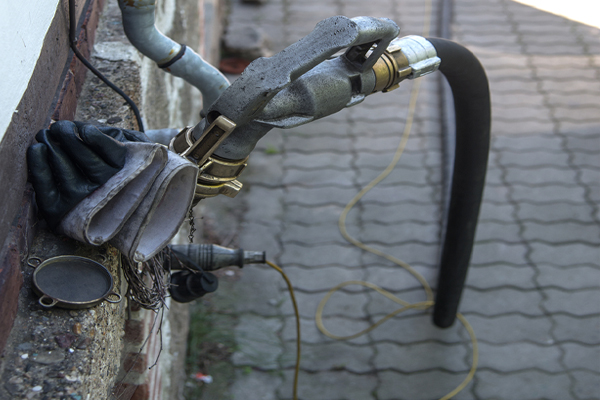How to Read Your Heating Oil Tank Gauge

Homes that use oil-fired heating systems are reliably ready for the demands of the cold-weather season. Given that they have their own tanks for storing fuel, they don’t have to rely on any outside source for a continuous supply. Supply interruptions don’t affect their functioning, which is not the case with natural gas. However, those who have oil-fired heating systems at home do have to ensure that their tanks are large enough to meet household demand. They also have to routinely check the levels of remaining fuel oil in their tanks by using their heating oil tank gauge. This is one of the most reliable ways to make sure that heating deliveries are scheduled on time.
Basic Information on Oil Tank Float Gauges
Contents
- 1 Basic Information on Oil Tank Float Gauges
- 1.1 Locating Your Home’s Oil Tank
- 1.2 How to Read the Float Gauge on Your Home’s Oil Tank
- 1.3 Determining How Much Fuel Is Left in Your Heating Oil Tank
- 1.4 Check to See If the Tank Gauge Has Failed
- 1.5 Dealing With an Oil Tank Gauge That’s Broken
- 1.6 The Typical Duration of Heating Oil Tanks
- 1.7 Conclusion
- 2 Call Lawes Company For Fast & Reliable Oil Deliveries
The basic design of oil tanks hasn’t seen many changes over the last century. This design is both simple and functional. The heating oil tank has a main body or container that’s often comprised of welded steel with round edges. There’s also a fill pipe for putting more oil in and a vent pipe that’s designed to release air. Just underneath the vent pipe is a vent alarm or vent whistle that emits a high-pitched noise as air exits. Heating oil tanks additionally have oil feed lines for transporting oil to the burner from the tank. Last, there’s a float gauge with a hinged arm beneath it that sits on top of the oil. The float gauge’s arm drops as oil is used and it moves the indicator disc with it.
Locating Your Home’s Oil Tank

If you just bought your home, you should take a minute to find the oil tank and its oil tank gauge. This is often quite easy to do, given that many oil tanks are above ground. However, your home heating oil tank could be in an inconspicuous or remote location, such as the basement, or it may even be buried belowground. In these instances, it should still be possible to easily access your tank’s float gauge and all external pipes. Tanks are large, cylindrical containers that usually hold about 275 gallons of fuel. For the sake of safety, a tank with a 275-gallon capacity is never filled with more than 225 to 250 gallons of heating oil. Oil delivery companies leave the remaining space available for air. This way, heating oil can safely expand without the risk of space-related problems.
How to Read the Float Gauge on Your Home’s Oil Tank
After you’ve located the heating oil tank on your property, check the gauge at its top. this contraption should be cylindrical and clear, and it should also have an indicator disc. You will see F for Full, E for Empty, and markings for the 1/4, 1/2, and 3/4 fill levels. Verify where the disc is on your tank to determine how much fuel you have remaining. If this is your first time encountering the fuel tank’s float gauge, you may have a hard time reading it. You might wonder whether you should not the top of this disc or its base. In truth, it doesn’t matter because float gauges are imprecise. Simply note where the middle portion of the disc lies in terms of the markings for heating oil tank fill levels.
Determining How Much Fuel Is Left in Your Heating Oil Tank

Once you’ve noticed the approximate amount of fuel that’s remaining in your tank, you can use a quick and simple calculation to determine how many gallons are left. This can be done manually using a basic formula. To start, note the size of your tank to determine its overall capacity. Because fuel oil tanks should never be filled to the very brim, yours probably holds about 240 gallons at a time, with the remainder of its interior space left for air. Thus, if the float gauge is showing your tank as being only 1/4 of the way full, it has just 60 gallons remaining (multiply 240 by 0.25). This amount could last you for a few weeks, but it’s still better to sign up for an oil delivery service as soon as you can rather than wait for your tank to empty completely. A general rule is to schedule service when your heating oil tank is 30 percent full.
Check to See If the Tank Gauge Has Failed
Float gauges are only designed to give homeowners an estimate of how full their fuel tanks are. At times, these components may not be able to give an accurate estimation due to the failure at the float mechanism. One way to know if this component has failed is by removing its exterior case and pushing it down. When released, float gauges should always float back up. If they don’t, they need to be professionally serviced. This could be the result of normal wear in an older tank. Finally, sometimes float gets coated in thick, heavy sludge that weighs them down and affects their functioning.
Dealing With an Oil Tank Gauge That’s Broken

If the float gauge in your oil tank is broken, you can measure your tank’s fuel level in another way. This works for tanks that don’t have float gauges at all. Manually measuring fuel levels can be accomplished with a thin, long stick that fits down inside the hole. This should be long enough to cover the tank’s height. Immediately after you refill your tank, dip your stick in to see exactly where the fuel is at when the tank is completely full. Make a mark on your stick. As time goes on, you can use this same stick to note how far your fuel level has dropped.
The Typical Duration of Heating Oil Tanks
Heating oil tanks tend to last for quite a while. The lifespan of your oil tank depends on:
- Its size
- The temperature settings in its interior
- The size of your home
- Local weather conditions
- The amount of insulation
- How often your tank is used
- How efficient your home heating equipment is
- Additional factors
Many homes use heating oil to keep small, select areas warm. Others use them to heat entire buildings. You can monitor how much fuel you use each year to pinpoint your heating oil needs.
Conclusion
Winters in New Jersey can be harsh. Don’t make the mistake of running out of heating oil when the outside temperatures plummet. Instead, regularly check the float gauge to determine how much oil you have and schedule delivery service when your tank is 30 percent full. This way, you’ll always have ample heating oil and a home that’s both comfortable and warm.
Call Lawes Company For Fast & Reliable Oil Deliveries

Lawes Company offers trusted and affordable heating oil deliveries. We are known for our honest heating oil prices and skilled services. Not only that, but we also offer HVAC services which also impact how much fuel your system requires to keep your home warm and safe.
We offer different heating oil plans and financing options as a way to customize your fuel deliveries to meet your needs. Be sure to contact Lawes Company today to ask for more information or request service.
Contact us now at (732) 741-6300 to find out more!